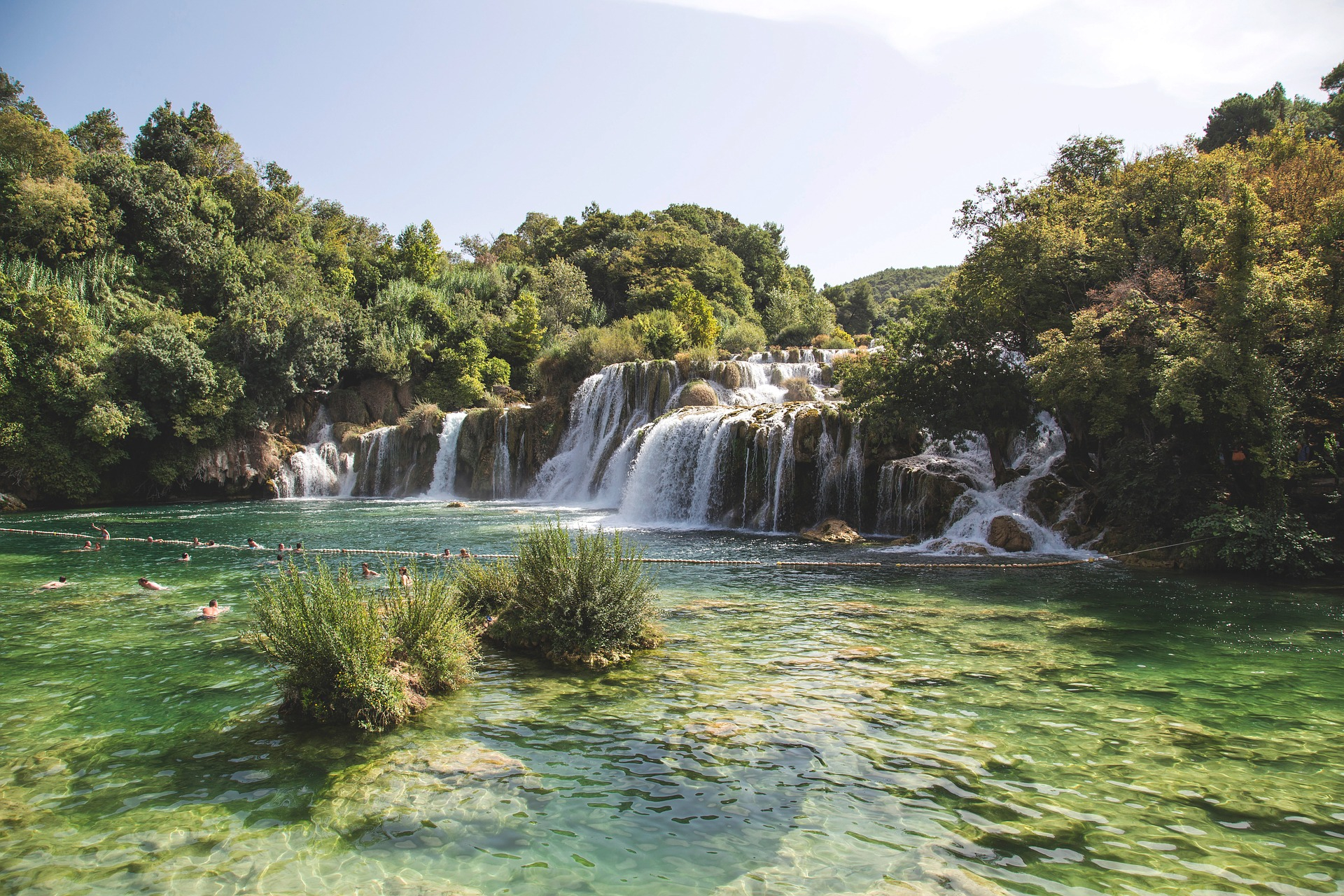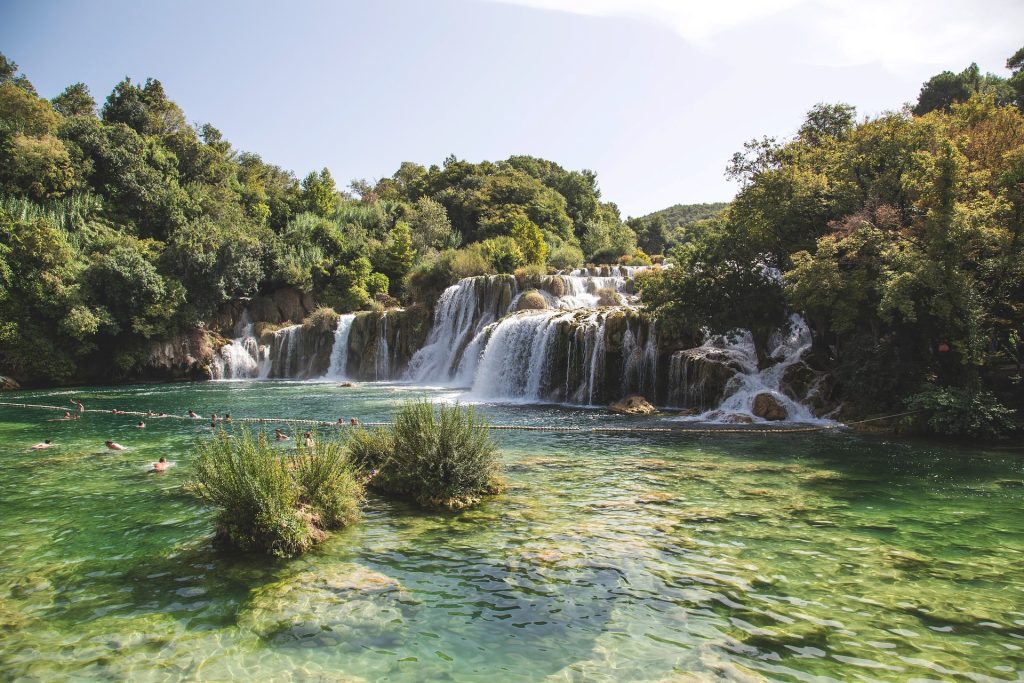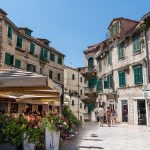
July 1, 2020 – The Croatian National Tourist Board announced the latest tourist numbers for the first six months of 2020, which show that Croatia has achieved 30% of last year’s tourist traffic.
In June this year, 892,000 tourists who came to Croatia realized 4.8 million overnight stays, which is 32 percent of the overnight stays realized in June 2019. This shows that in June and across the first six months this year, overnight stays have dropped about 70 percent, announces the Croatian National Tourist Board.
“Given the circumstances around the world and in Croatia, we can be satisfied with the realized tourist traffic, which is in line with our estimates. It is important that out of 1.6 million tourists who have stayed in Croatia since the beginning of this year, we have not had any cases of infection in tourists,” says Croatian National Tourist Board Director Kristijan Stanicic.
For the latest travel info, bookmark our main travel info article, which is updated daily.
Read the Croatian Travel Update in your language – now available in 24 languages
Join the Total Croatia Travel INFO Viber community.
In the first six months of this year, domestic tourists achieved the most overnight stays, which once again confirms how they’ve been rejected, especially this year. Of course, about 2 million domestic guests cannot replace the 20 million arrivals of foreign tourists, but they certainly can and should be a great base for the pre- and post-season.
On the contrary, domestic tourists are the bearers of tourism in the interior of Istria, and thus saved the season for various facilities in commercial accommodation, holiday homes, restaurants and wineries in inland Istria.
Thus, domestic tourists in the first half of this year accounted for 31 percent of total overnight stays, which is the highest among all markets and a rarity in the last more than ten years.
Foreign tourists accounted for 69 percent of total overnight stays, with most achieved by Slovenes (26 percent), followed by Germans (25 percent), and Austrians (9 percent), and tourists from BiH and the Czech Republic (7 percent each).
By type of accommodation, most overnight stays or 73 percent was realized in commercial accommodation, of which 30 percent in household facilities, 20 percent in hotels and 16 percent in camps. Twenty-four percent of the total six-month overnight stays were realized in non-commercial accommodation, and 3 percent in the nautical charter.
In the continental part of the country, 12 percent of total overnight stays were realized, most of them in Zagreb, which is the leader among all destinations in Croatia, ahead of Rovinj, Vir, Medulin and Porec.
Adriatic counties are still leading with a total of 88 percent of overnight stays in the first six months, and among them, most overnight stays or 25 percent were realized in Istria, followed by Primorje-Gorski Kotar with a share of 21 percent and Zadar and Split-Dalmatia County making up 15 and 13 percent in total overnight stays.
Announcing that tourist demand and traffic are expected to increase in July and August, especially from Central Europe, Stanicic adds that these are the markets of Germany, Slovenia, Austria, the Czech Republic, Poland, Hungary and Slovakia, and that stronger demand for hotels is expected.
“Although the epidemiological situation at the global level is constantly changing, tourist flows have started and people have started to travel following new circumstances and are adhering to epidemiological measures. Croatia is partly favored over the competition, because it is accessible by car from major European markets, offers a diverse structure of accommodation, and still has a favorable epidemiological situation,” said Stanicic.
All things considered, Stanicic estimates that at least a third of last year’s record result can be achieved in Croatian tourism this year, but he also expects further recovery of tourist flows and gradual strengthening of traffic within Europe, while accustoming citizens to changed circumstances in which they travel and spend their holidays, as well as the adaptation of the tourism industry to the circumstances of the pandemic and the establishment of better air connectivity of major markets and destinations.
“We hope for good results in the off-season, in September and October, when we could achieve results better than a third of the turnover of the same period last year, and if circumstances allow, the first wave of tourist travel from distant markets could begin at the end of the year,” said Stanicic.
He also expects that in July and August, when numerous airlines operate, positive tourist trends will show throughout Croatia, with an emphasis on destinations in central and southern Dalmatia, because most flights are announced by airlines for the summer to Split and Dubrovnik airports, and to Zadar, Pula, Zagreb and Rijeka.











